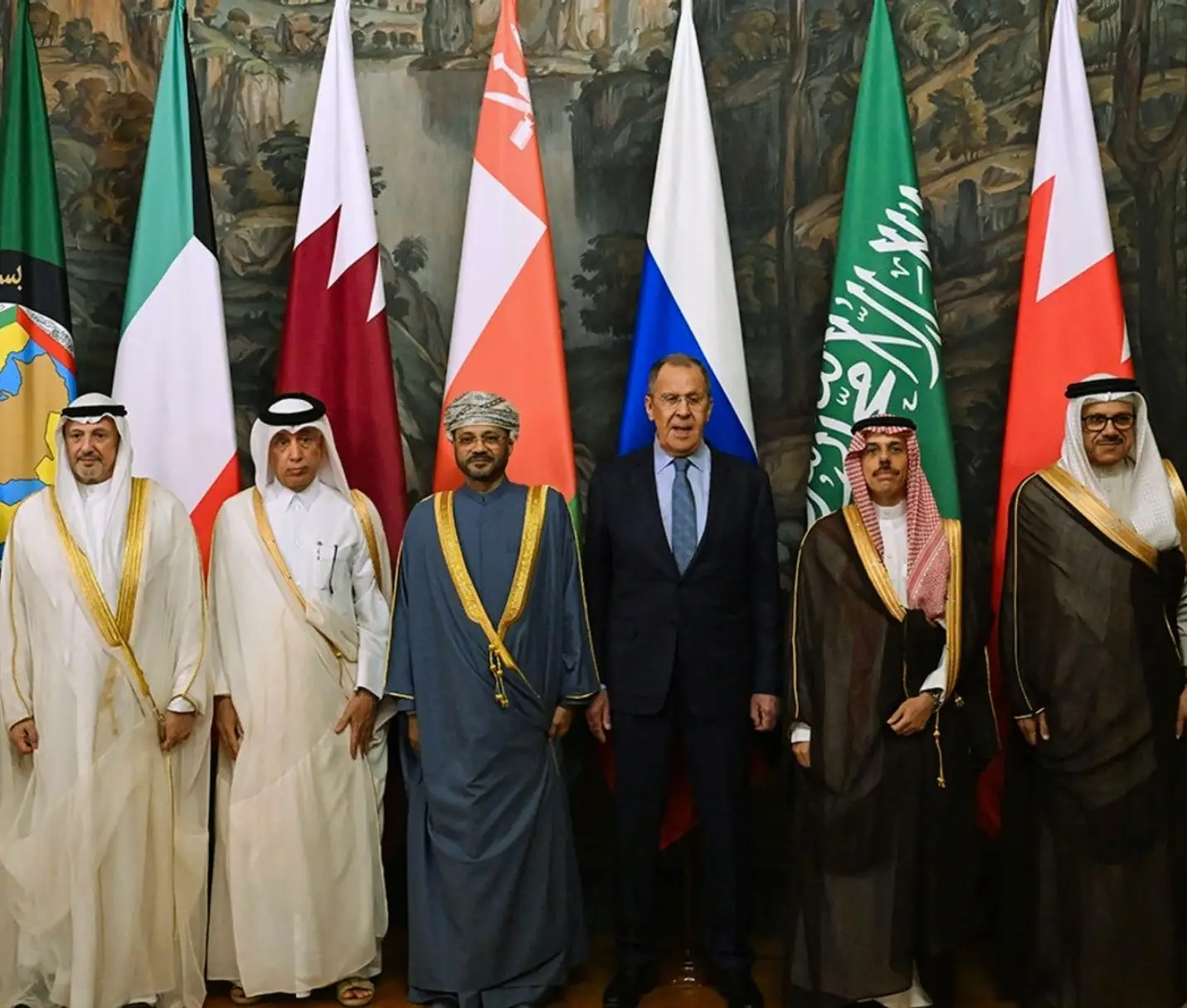The concept of security has undergone substantial evolution over time, affecting every facet of life. It was observed that States are no longer the sole referent object of security, as was the case in the classical realist approach. In the latter half of the 20th century, a paradigm shift occurred, broadening the understanding of security to encompass non-traditional threats, including human security, societal security, and others. As a result, the rethinking of security prompted policymakers and scholars to focus on this new, more comprehensive understanding of security. In the case of South Asia, a dilemma arises between traditional and non-traditional security concerns.
South Asia is home to over 2 billion people, making it one of the most densely populated and strategically important regions in the world. Among the countries in the region, India and Pakistan stand out—not just for their size and influence, but also as two nuclear powers that have had a long history of conflict. From territorial disputes to military standoffs, both countries have been entrenched in a cycle of hostility, often prioritizing traditional security concerns such as the arms race and strategic dominance.
However, by focusing so much on traditional security, both countries—and the region as a whole—have overlooked another equally serious non-traditional security (NTS) threat. These include climate change, water scarcity, population pressure, poverty, pandemics, resource depletion, forced migration, transnational crimes, and socio-economic inequalities. These NTS transcend borders, spreading across regions and affecting people on all sides, regardless of nationality or ethnicity.
Where South Asia is a politically sensitive region, it’s also an ecologically fragile area. The region lies along natural fault lines and is highly vulnerable to disasters such as earthquakes, floods, droughts, and even glacial lake bursts. In recent years, the region has seen more intense floods, deadly smog, and extreme weather events. These disasters hit the poor and marginalized the hardest, deepening existing grievances and widening gaps between and within countries.
Yet, despite the growing impact of these threats, they’re still not taken seriously enough. Decision-makers appear to prioritize national security primarily through a military lens. As a result, NTS issues are often compromised and treated as secondary or long-term problems, when in reality, they’re already affecting millions of lives. If NTS issues aren’t addressed in a timely and effective manner, they will act as a threat multiplier, increasing vulnerabilities. Moreover, NTS challenges can’t be addressed by a single country alone. Therefore, collective efforts and contributions are necessary to address regional NTS issues. Hence, it’s essential for all South Asian countries—India, Pakistan, Bangladesh, Sri Lanka, Nepal, Bhutan, the Maldives, and Afghanistan—to come together and establish a shared framework for addressing non-traditional security, thereby building a strong foundation for future partnership. To achieve substantial progress, the NTS issues must be incorporated into national and regional policy agendas. Platforms like SAARC can also be utilized for this purpose.
It is also important to recognize that NTS threats are not distant possibilities, but rather current and pressing realities. If neglected, they have the potential to become a major security crisis in the region, potentially becoming a source of conflict. Therefore, it’s time to acknowledge these threats as central to the region’s stability and recognize them as a direct challenge to peace, development, and the future of South Asia
In this regard, scholars, civil society, and the media have a critical responsibility to draw the attention of policymakers, governments, and influential circles to the NTS threat. Academia, in particular, can play a vital role in shaping the discourse around NTS, which is an urgent necessity in today’s context. The broader discourse and knowledge production become an essential tool in pushing the conversation forward and bridging critical gaps.

Sabeel Ahmad Naeem is a Research Associate at the Centre for International Peace and Stability (CIPS), NUST Islamabad. He holds a Master’s degree in Peace and Conflict Studies. His work explores violent and non-violent conflicts, resistance movements, and security-development nexus. He also focuses on non-traditional security challenges in contemporary global politics.





